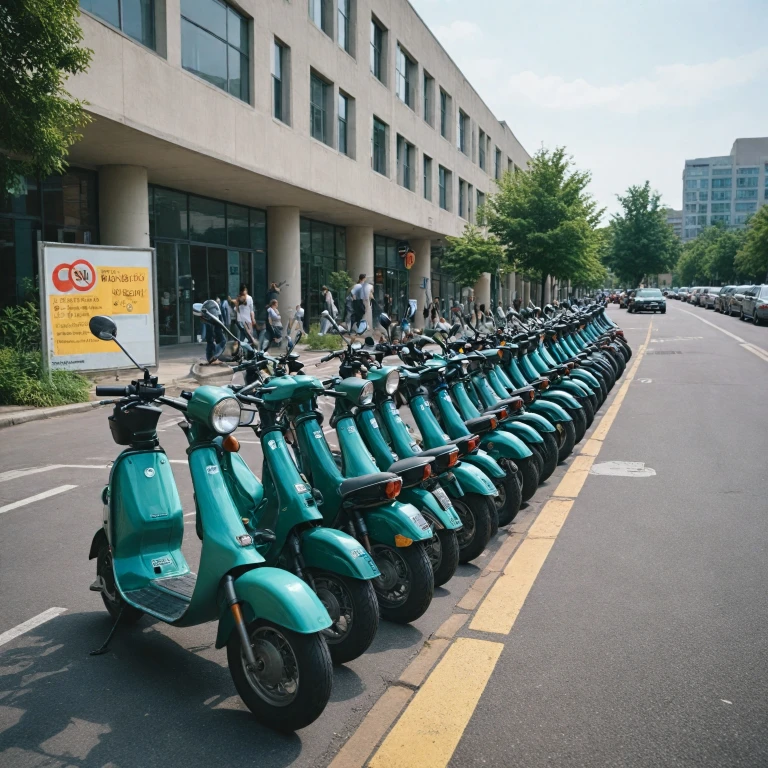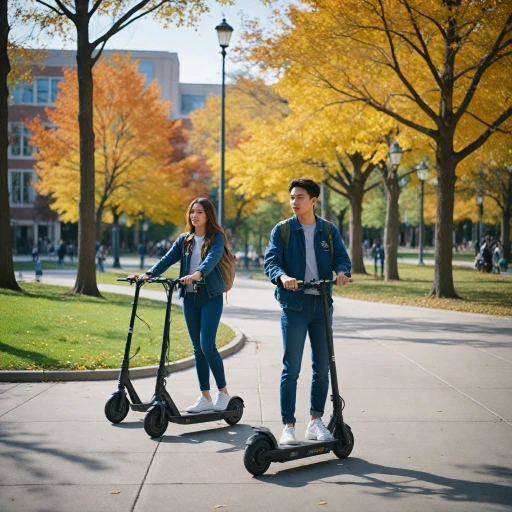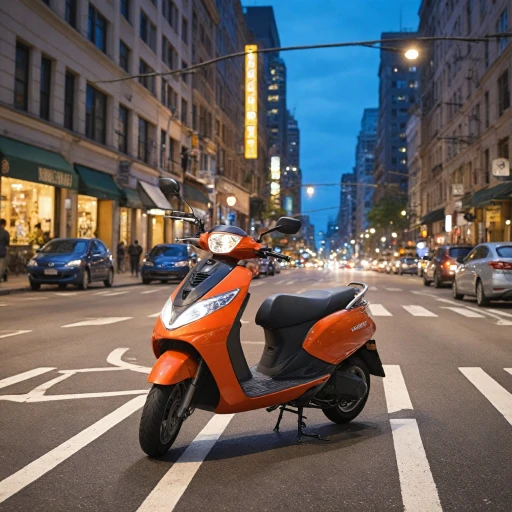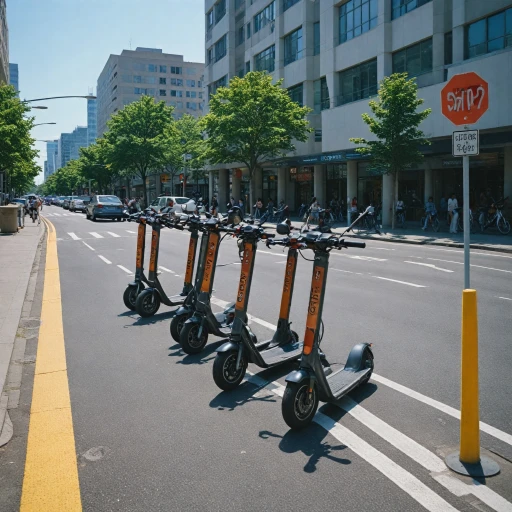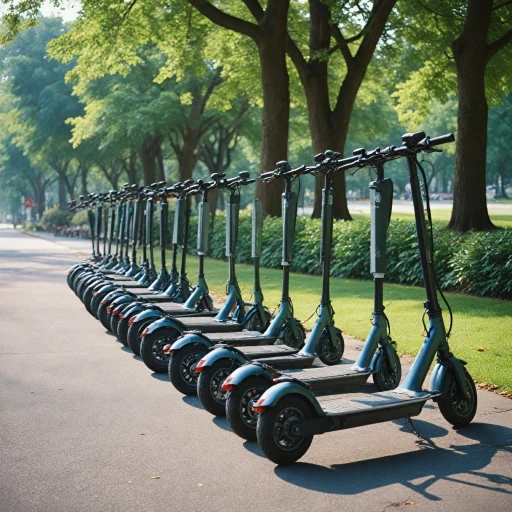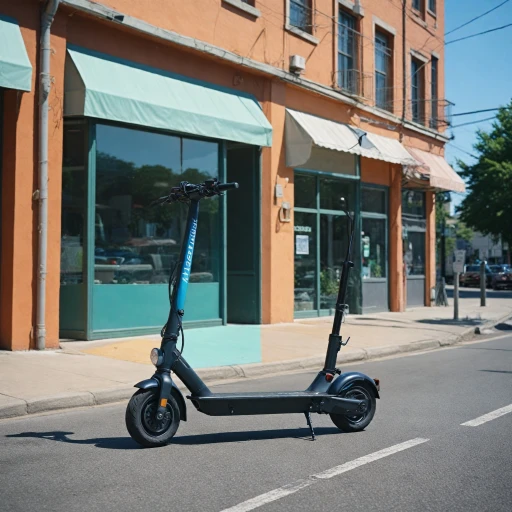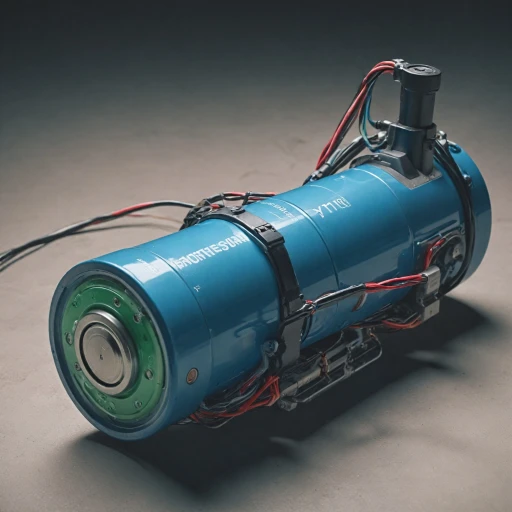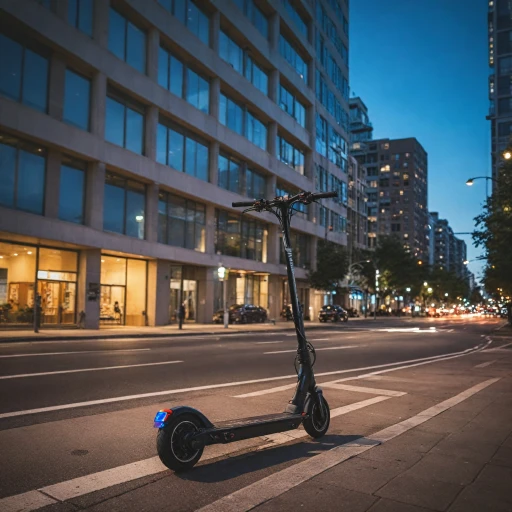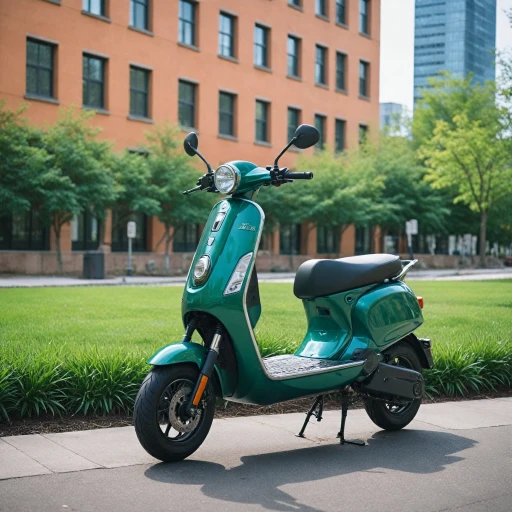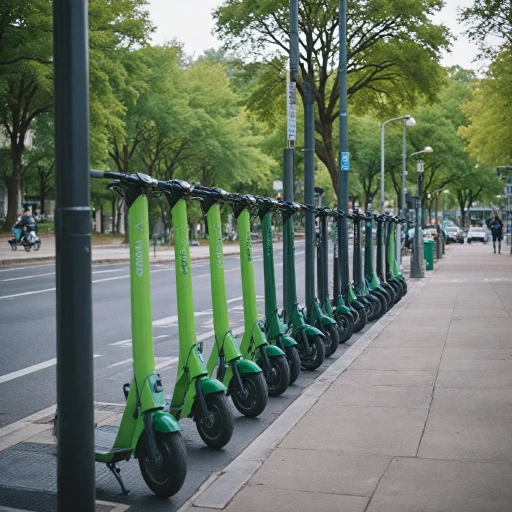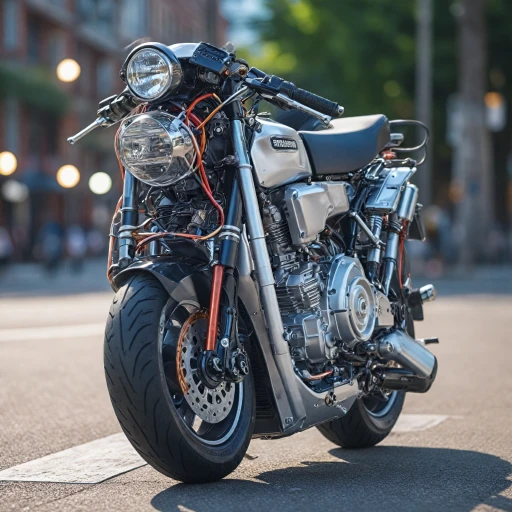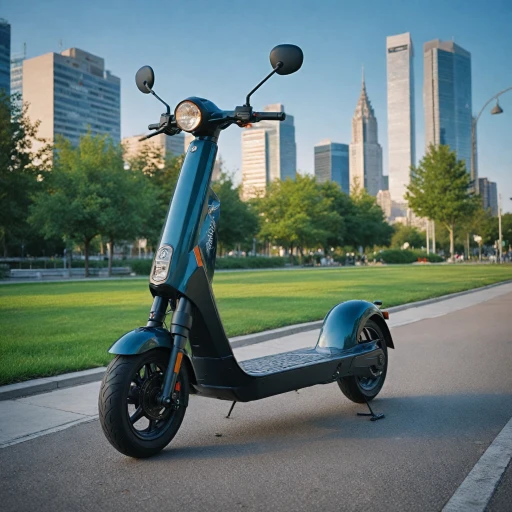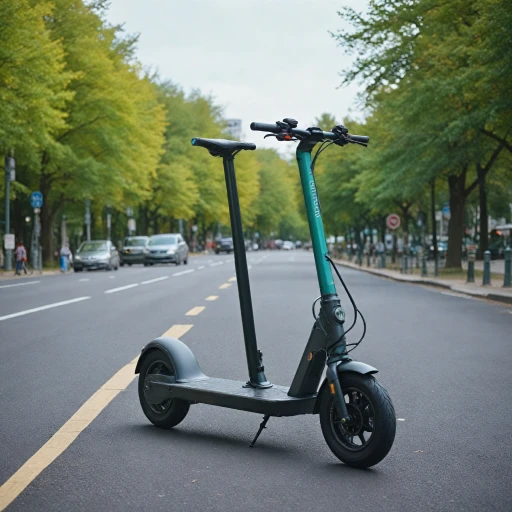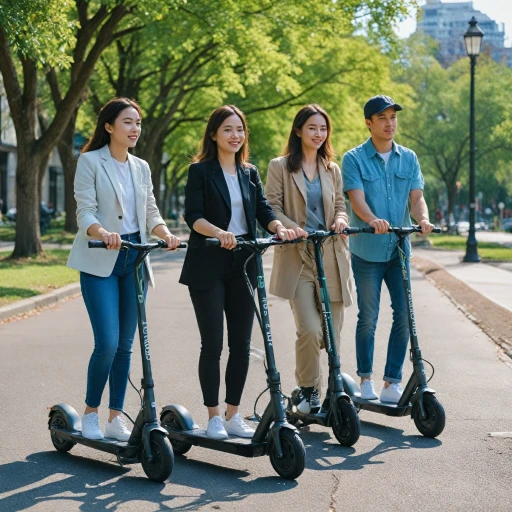
Current Regulations on Electric Scooter Licensing
Understanding Current Regulations
Navigating the world of electric scooter regulations can be a daunting task. As electric scooters gain popularity, different states and cities are developing their own rules and regulations, resulting in a varied landscape. While some areas have specific laws, others may categorize them under broader electric vehicle regulations. Many jurisdictions require riders to have a valid driver license, while others might allow riding without one, particularly where scooters are treated similarly to bicycles. Typically, scooter riders are urged to adhere to local traffic laws, ensuring safety and order on public roads. These include observing speed limits, usually topping out at around 15-20 mph, and knowing where scooters are allowed. Public roads, bike paths, and bike lanes might accommodate electric scooters, but not all areas permit them. States like North Carolina and cities like New York have their own nuanced laws. For example, some places allow scooters on public roads but demand the rider wear a helmet at all times to reduce the risk of personal injury. Importantly, electric scooters must not exceed certain speed restrictions, often capped at a maximum speed of around 20 mph. This restriction is generally aimed at minimizing the risk of accidents on city roads, yet the debate around regulating electric scooter speeds continues to evolve. To gain more clarity on these diverse regulations, enthusiasts and prospective users can explore resources such as a guide to finding the top electric scooters for under $500, which may offer insights into models that meet specific regulatory standards. As these regulations impact scooter usage and rider behavior, awareness and compliance are key to safely navigating the expanding scooter landscape.Factors Influencing Licensing Requirements
Factors Shaping Scooter Licensing Rules
Understanding why electric scooter licenses vary across different regions can be complex, as several factors come into play. These aspects help define why certain regulations exist in some areas but not others. Here’s a closer look:- Local Laws and Regulations: One of the primary drivers is the local legislation that governs vehicle use within a specific jurisdiction. For instance, scooter laws in a bustling city can be different compared to those in a rural area. This variance is often due to the need to manage high traffic volumes and reduce the risk of accidents.
- Environmental Considerations: In cities pushing for eco-friendly transport options, relaxed rules might encourage the adoption of scooters. Policymakers may design laws to balance environmental benefits with safety concerns, promoting cleaner transport while minimizing personal injury risks.
- Safety Concerns: In densely populated areas, the potential for accidents can influence stricter requirements. Ensuring that riders wear helmets, maintain a speed limit, and adhere to traffic laws might necessitate a valid driver license in some places. These safety measures aim to minimize accidents on public roads and bike lanes.
- Comparative Analysis with Other Vehicles: Electric scooters fall somewhere between bicycles and motor vehicles. This unique position affects licensing needs. While some states treat them like bicycles, others view them closer to motorbikes because of their speed limits and motor capabilities.
- Speed and Power: The maximum speed of an electric scooter is fundamental. Scooters that can exceed certain mph thresholds might be subject to more stringent regulations. In states like North Carolina, this factor significantly influences whether a license is required.
Comparing Electric Scooters to Other Vehicles
Evaluating Electric Scooters Alongside Other Vehicle Types
Understanding the licensing requirements for electric scooters involves comparing them to other types of vehicles. When considering the need for a license, scooters are often juxtaposed with bicycles, mopeds, and motor vehicles like cars. Each category has distinct regulations and poses unique safety concerns, making the comparison intricate.
Firstly, bicycles, typically exempt from licensing, are akin to electric scooters in terms of usability in bike lanes and paths. Most states, like North Carolina or urban settings such as York City, have established regulations allowing scooters in designated cycling areas, provided they adhere to the speed mph limit of 15 mph or below. However, unlike bicycles, scooters often face stricter scrutiny due to their motors.
Meanwhile, mopeds have more similarities to electric scooters considering both are motorized. Mopeds usually require a valid driver license, and some electric scooter laws may follow suit, particularly if the scooter exceeds certain speed limits, often around 20 mph. The distinction here leans heavily on speed and power metrics of the scooter, with higher capacity models necessitating more stringent licensing.
When comparing to cars and motorcycles, scooters are far less regulated, primarily because they're lighter, slower in terms of max speed, and generally used for short commutes. However, like other vehicles, scooter riders must adhere to traffic laws and are typically required to ride on public roads where permitted and to wear helmet for personal injury prevention.
Regulations vary by city and state, meaning scooter riders should familiarize themselves with local laws to ensure compliance. For those interested in maximizing scooter speed, understanding how to navigate these legal waters is pivotal. Here’s more on how you can enhance your scooter's performance while remaining within the law.
Safety Concerns and Licensing
Addressing Safety Through Licensing
Licensing requirements for electric scooters often come with a strong focus on safety. As scooters become more popular on public roads, ensuring the safety of both riders and pedestrians is paramount. Safety measures can reduce the risk of accidents and injuries significantly.- Helmets and Protective Gear: Many jurisdictions mandate that scooter riders wear helmets to protect against head injuries in the event of an accident. While this might not be a universal law, it highlights the importance of personal injury prevention, especially when riding electric scooters in high traffic or high-speed areas.
- Speed Limits and Control: Speed is a critical factor in maintaining safety on roads. Regulations often stipulate a maximum speed limit for electric scooters. For instance, some areas set a maximum of 15 mph, while others may allow speeds up to 20 mph. These speed constraints are crucial to ensure that scooters don’t pose a danger to themselves or others.
- Bike Lanes and Paths: The use of bike lanes and paths can significantly enhance safety for scooter riders. By riding in designated areas away from larger motor vehicles, the probability of an accident reduces. While bike lanes are more commonly used in urban areas like New York City, their availability can significantly affect how safely scooters are integrated into city traffic.
- Rider Education: Educational initiatives might be part of the licensing process to inform scooter riders about traffic laws and safe riding practices. Understanding the rights and responsibilities on the roads can help prevent accidents.
